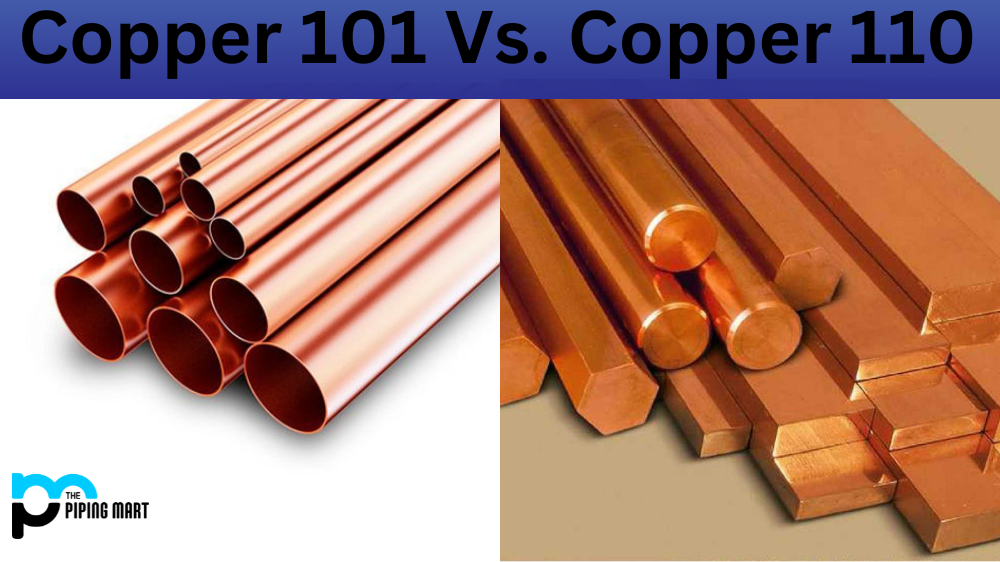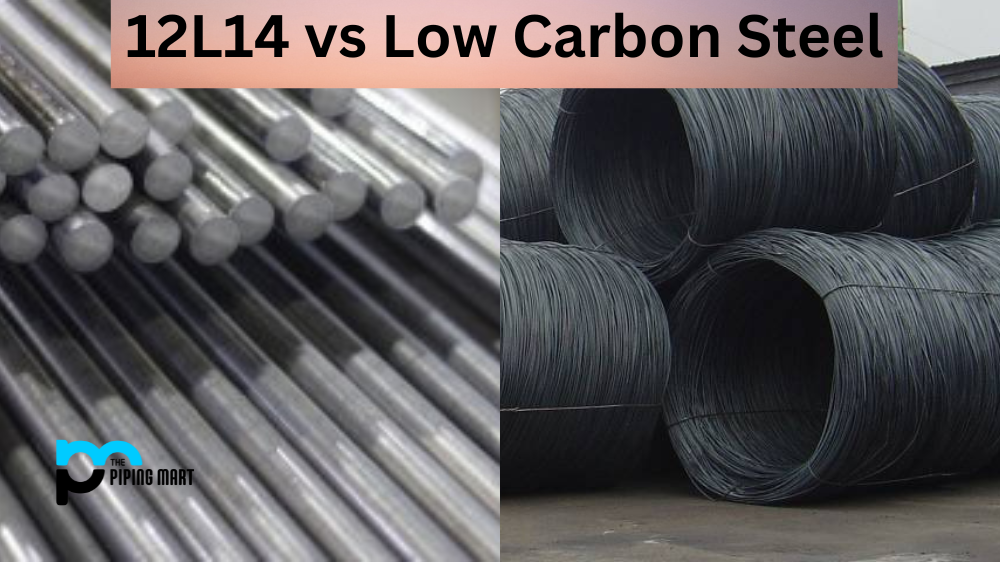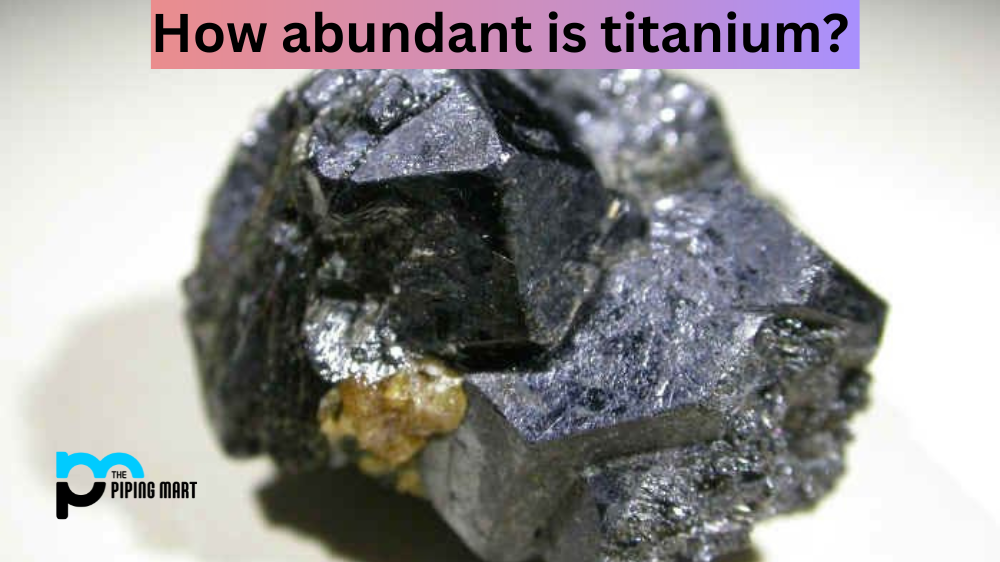Copper alloys are metal combinations that contain copper as the primary material. Adding other metals, such as zinc or tin, makes for a stronger and more durable alloy. In particular, copper alloys 101 and 110 are widely used in industrial applications due to their superior strength and heat resistance. Let’s break down what makes these two types of copper alloys unique.
Copper 101
Copper alloy 101 is composed primarily of 99.90% pure copper with a trace amount of oxygen (.04%). This type of copper is most popularly used in electrical wiring due to its excellent electrical conductivity and also because it can be easily soldered or welded into place. Copper alloy 101 is also very malleable, making it ideal for forming shapes and intricate designs.
Copper 110
Copper alloy 110 comprises 99.9% pure copper combined with small amounts of manganese (0.15%) and phosphorus (0.04%). This type of alloy is particularly useful when conducting projects involving high temperatures since it is highly resistant to oxidation and corrosion caused by extreme changes in temperature or humidity levels. It also retains its shape under pressure, making it ideal for applications where precision engineering is needed. In addition to being used in various industrial projects, this type of copper alloy is also great for creating sculptures or jewelry due to its attractive shine when polished correctly.
Difference Between Copper 101 and Copper 110
Composition
Copper 101 and Copper 110 both have different compositions. Copper 101 is made of 99.9% copper and 0.04% oxygen, while Copper 110 is made of 99.9% copper and 0.1% oxygen.
Melting point
Copper 101 has a melting point of 1083 degrees Celsius, while Copper 110 has a melting point of 1188 degrees Celsius.
Boiling point
Copper 101 has a boiling point of 2567 degrees Celsius, while Copper 110 has a boiling point of 2835 degrees Celsius.
Density
Copper 101 has a density of 8.96 g/cm3, while Copper 110 has a density of 8.85 g/cm3.
Hardness
Copper 101 is softer than Copper 110, with a hardness of 2 on the Mohs scale, while Copper 110 has a hardness of 3 on the Mohs scale.
Conclusion:
Both copper alloys 101 and 110 offer superior strength and heat resistance, but each have unique features that make them better suited for certain projects than the other one might be. For those looking for an electrical conductor with excellent malleability, then copper alloy 101 may be the right choice, whereas those working on projects demanding precision engineering would benefit from using copper alloy 110 instead due to its superior shape retention under pressure. Ultimately, understanding the differences between these two types of alloys will help you choose the right option for your project needs.

Meet Bhavesh, a seasoned blogger with a wealth of knowledge and experience. From metal products manufacturing to retail, Bhavesh has a diverse background in various industries and is dedicated to sharing his insights and expertise with readers.




